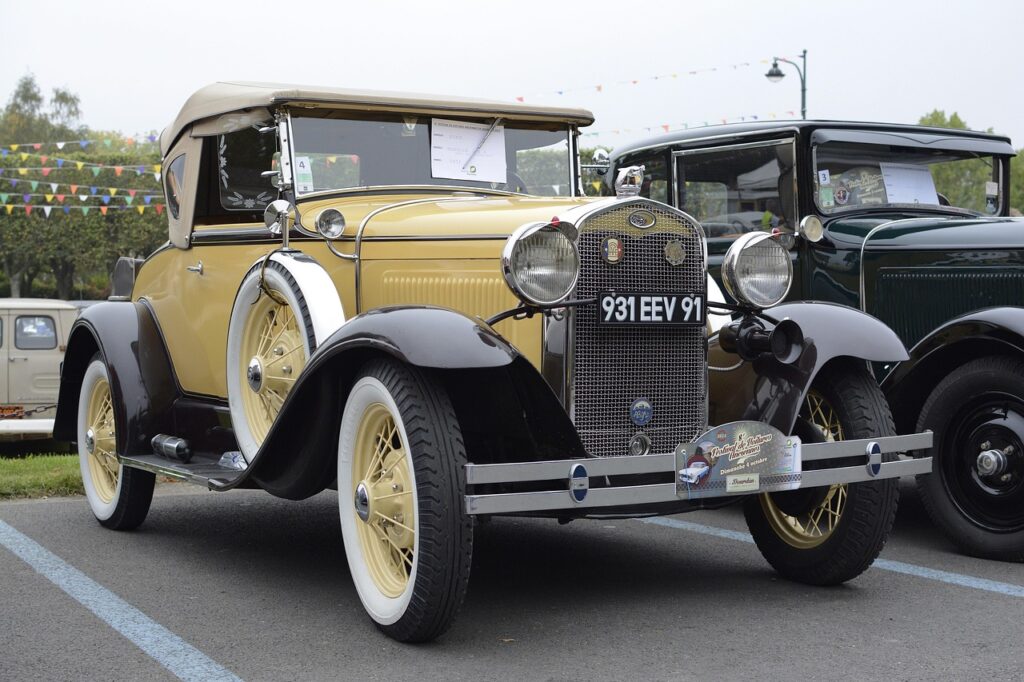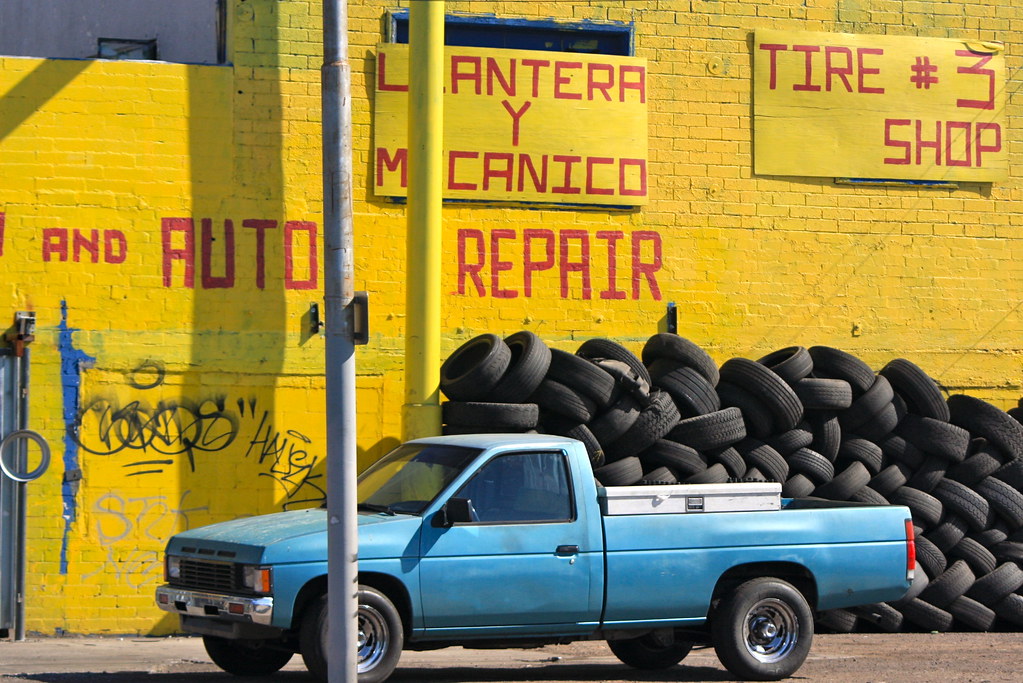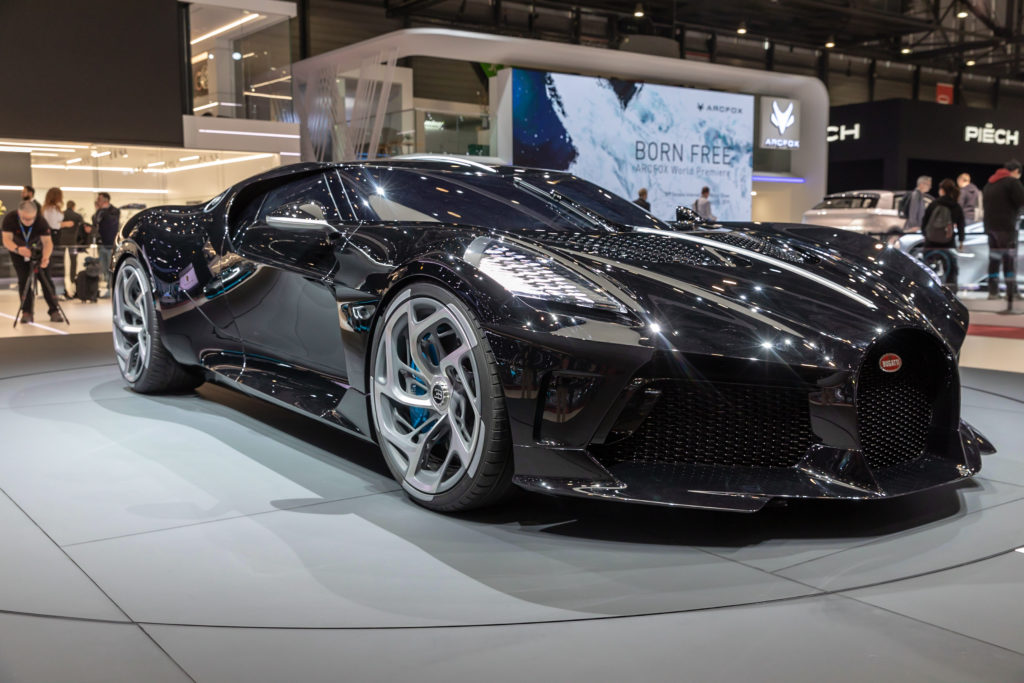
When we feast our eyes upon the sleek lines and powerful presence of luxurious cars, it’s easy to get swept away by their extraordinary look, dreaming of being behind the wheel. However, beneath that captivating exterior often lies a truth many discover only after purchase: due to their complex mechanical designs, these vehicles frequently top the list of the hardest cars to work on. This complexity isn’t limited to high-end models; new cars, bristling with advanced technology and demanding specialized diagnostic equipment, can be just as daunting, often placing essential tools well beyond the average owner’s budget. Meanwhile, older cars present their own set of formidable challenges, from pervasive rust and stubbornly seized bolts to persistently leaky components, each requiring unique approaches to rectification.
Indeed, the automotive landscape has undergone a profound transformation. Many years ago, vehicles were remarkably straightforward to repair, characterized by their simple designs and less intricate engines. Fast forward to today, and almost every modern vehicle is a sophisticated marvel, packed with high-tech equipment that simultaneously enhances performance and elevates the difficulty of maintenance. The era of the backyard mechanic, capable of fixing nearly anything with a basic wrench set, is slowly but surely fading. Today, these intricate machines increasingly fall into the domain of highly skilled technicians, equipped not only with deep knowledge but also with access to sophisticated diagnostic tools essential for navigating their complex systems.
Before any serious repair work can even begin on many of today’s vehicles, mechanics often face the monumental task of disassembling a significant portion of the car, sometimes literally half of it. This initial hurdle alone demands considerable time, immense effort, and, crucially, a substantial labor cost, all contributing to why these vehicles are considered the most difficult to service. Engine compartments, in particular, have become so cramped that often only the smallest hands can navigate them effectively. Furthermore, a growing number of repairs now mandate the use of high-tech diagnostic tools, which are prohibitively expensive for most, cementing the reality that cars more complex to work on inevitably incur higher maintenance costs. This very fact often serves as a primary deterrent for prospective buyers, causing them to steer clear of these automotive repair titans.
As we delve into this comprehensive list, we will explore some of the top cars identified as the hardest to work on in 2025. Our journey will reveal not just the challenges but also, where applicable, some insights into their design flaws that make them a nightmare for repair, alongside a few practical tips to diagnose or address minor issues. Our aim is to provide valuable insights for both current owners and those considering one of these formidable machines, helping you navigate the complexities and minimize any potential regrets. Let’s begin this enlightening exploration of the vehicles that truly test the mettle of even the most seasoned automotive technicians.
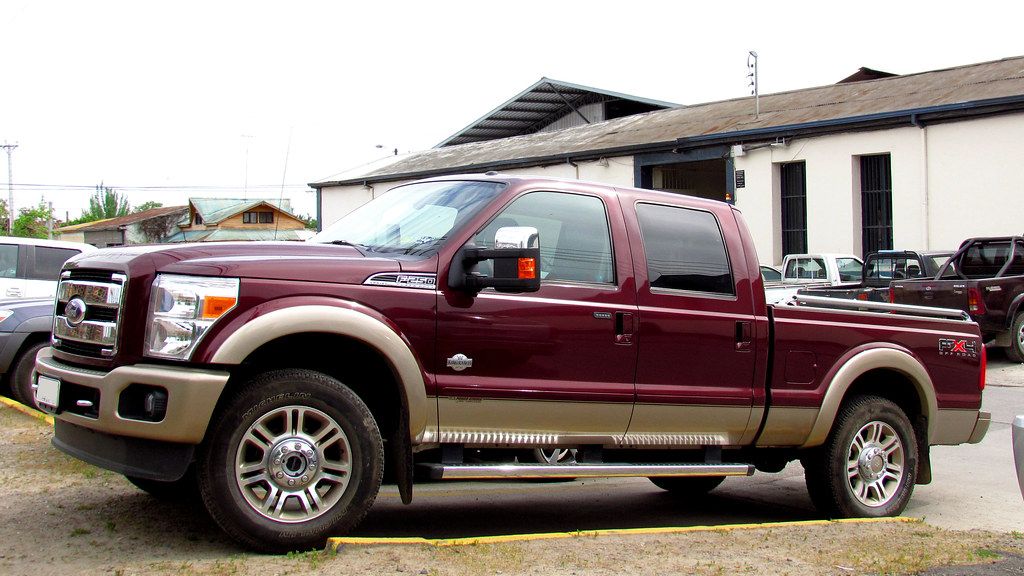
1. **Ford F-250**The Ford F-250 stands as an undeniably powerful pickup truck, a popular choice renowned for its robust features and capability. Yet, despite its formidable presence and widespread appeal, when the time comes for repairs and maintenance, this vehicle quickly distinguishes itself as one of the hardest cars to work on. Its sheer size and the intricate integration of its components present a unique set of challenges that can leave even experienced mechanics scratching their heads and reaching for specialized equipment.
The most astounding challenge associated with major maintenance or repair work on the Ford F-250 is a task that sounds almost unbelievable: one must first remove the entire cabin from the frame. Yes, you’ve read that correctly. This extraordinary requirement fundamentally redefines what it means to service a vehicle, transforming what might be a routine repair on another truck into a monumental undertaking. This step alone necessitates an immense amount of preliminary work before any actual repair can commence, dramatically escalating the time, effort, and ultimately, the cost involved.
While the prospect of such extensive disassembly is daunting for major repairs, the F-250 isn’t entirely without its simpler troubleshooting avenues for common issues. For instance, if your Ford F-250 doesn’t start easily, there are a few straightforward steps you can follow. Should the engine crank twice without starting, pressing the accelerator pedal down fully and turning the key to the start position can sometimes resolve the issue. Additionally, it’s advisable to reset the fuel pump cut-off switch, especially if the truck experienced a sudden jolt, such as in a minor accident. These particular steps can help address specific starting problems, offering a glimmer of manageability amidst the vehicle’s otherwise challenging repair landscape.
Car Model Information: 2016 Ford F-250 XL
Name: Ford F-Series
Caption: 2022 Ford F-150 Lariat Luxury
Manufacturer: Ford Motor Company
Aka: Ford Lobo (Mexico, 1992–present)
Production: 1948–present
Class: Pickup truck#Full-size pickup truck
Layout: Front-engine, rear-wheel-drive layout,rear-wheel drive
Predecessor: 1941 Ford
Categories: All-wheel-drive vehicles, All Wikipedia articles written in American English, All articles that may contain original research, All articles with unsourced statements, Articles that may contain original research from September 2020
Summary: The Ford F-Series is a series of light-duty trucks marketed and manufactured by the Ford Motor Company since model year 1948 as a range of full-sized pickup trucks — positioned between Ford’s Ranger and Super Duty pickup trucks. Alongside the F-150 (introduced in 1975), the F-Series also includes the Super Duty series (introduced in 1999), which includes the heavier-duty F-250 through F-450 pickups, F-450/F-550 chassis cabs, and F-600/F-650/F-750 Class 6–8 commercial trucks.
Get more information about: Ford F-Series
Buying a high-performing used car >>>
Brand: Ford Model: F-250
Price: $21,480 Mileage: 52,834 mi.
Read more about: Ford’s Bold Bet: How the $30,000 Electric Pickup and Universal EV Platform Could Reshape the Automotive Future for Mainstream Buyers
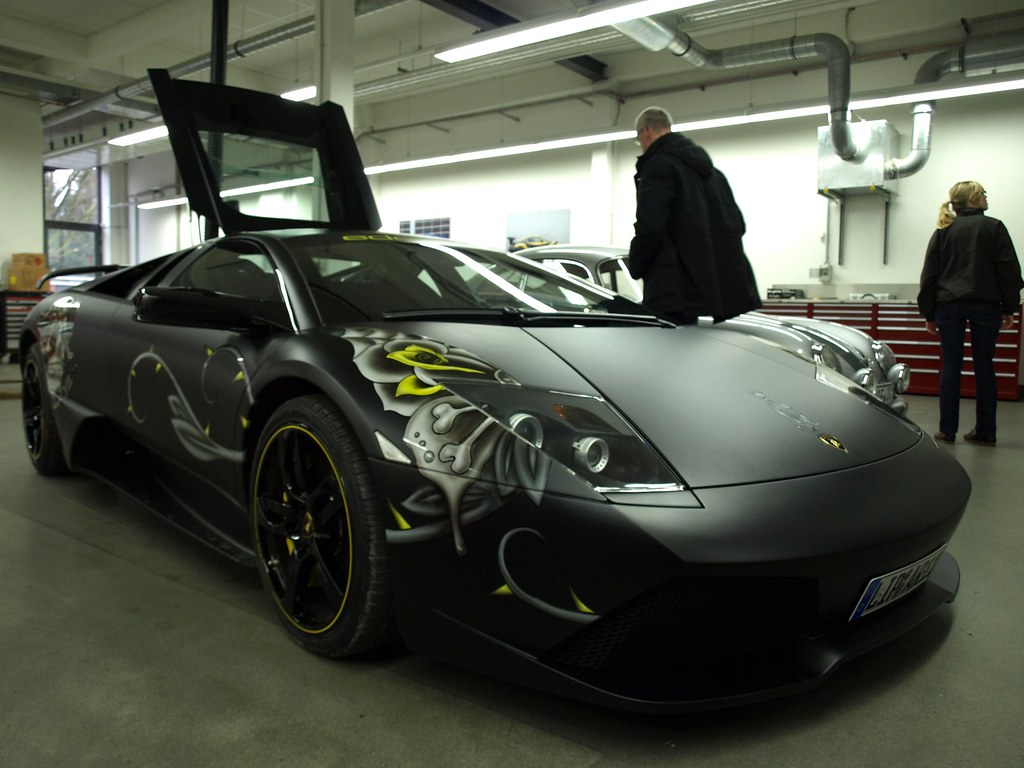
2. **Audi A8**Audi’s flagship sedan, the A8, effortlessly commands attention as one of the most luxurious cars globally, a testament to German engineering and refined elegance. Its sophisticated design and advanced features provide an unparalleled driving experience. However, this pinnacle of automotive luxury comes with a significant caveat for owners: the repair costs for the Audi A8 are notoriously high, positioning it as one of the most difficult and expensive cars to maintain and repair in its class.
A prime example of the A8’s expensive repair nature lies within its braking system. The vehicle incorporates sensitive electronic sensors that are meticulously integrated into its design, contributing to its superior performance and safety. Unfortunately, this technological sophistication means that the cost of simply replacing the brake pads can exceed $250. This figure highlights how even seemingly routine maintenance tasks can quickly become substantial expenses due to the specialized components and delicate electronic systems at play.
Beyond routine brake service, the Audi A8 has known issues that contribute to its challenging repair reputation. One particular concern is the electronic parking brake, which has been known to stay engaged even when it is supposed to be off. The severity of this malfunction dictates the necessary intervention, potentially requiring the replacement of both the electronic handbrake mechanism and, in more severe cases, the brake calipers themselves. Such repairs are not only complex but also carry a significant financial burden due to the specialized nature of these components.
Furthermore, another common ailment reported in the A8 is the failure of the air temperature sensor. This particular issue, while inconvenient, is relatively straightforward to resolve. Installing a replacement air temperature sensor typically solves the problem, offering a moment of relief from the otherwise high repair costs associated with this luxurious sedan. Despite these more manageable fixes, the overall complexity and cost of maintaining the Audi A8 firmly establish its reputation as a vehicle demanding a substantial budget for upkeep.
Car Model Information: 2025 Audi A8 L 55
Name: Audi A8
Manufacturer: Audi AG
Assembly: Neckarsulm
Production: #D2
Class: Full-size,luxury car
BodyStyle: sedan (automobile)
Platform: List of Volkswagen Group platforms
Layout: FF layout
Related: Audi S8
Predecessor: Audi V8
Categories: 2000s cars, 2010s cars, 2020s cars, All-wheel-drive vehicles, All articles lacking reliable references
Summary: The Audi A8 is a full-size luxury sedan manufactured and marketed by the German automaker Audi since 1994. Succeeding the Audi V8, and now in its fourth generation, the A8 has been offered with either front- or permanent all-wheel drive and in short- and long-wheelbase variants. The first two generations employed the Volkswagen Group D platform, with the current generation deriving from the MLB platform. After the original model’s 1994 release, Audi released the second generation in late 2002, the third in late 2009, and the fourth and current iteration in 2017. Noted as the first mass-market car with an aluminium chassis, all A8 models have used this construction method co-developed with Alcoa and marketed as the Audi Space Frame.
A mechanically upgraded, high-performance version of the A8 debuted in 1996 as the Audi S8. Produced exclusively at Audi’s Neckarsulm plant, the S8 is fitted standard with Audi’s quattro all-wheel drive system. The S8 was only offered with a short-wheelbase for the first three generations, being joined by a long-wheelbase variant for the fourth generation.
Get more information about: Audi A8
Buying a high-performing used car >>>
Brand: Audi Model: A8
Price: $79,701 Mileage: 935 mi.
Read more about: Ronnie Hawkins, The ‘Hawk’ of Rock and Roll, Dies at 87: A Retrospective on a Half-Century of Musical Influence and Mentorship

3. **Mercedes-Benz G Class**The Mercedes-Benz G-Class, an iconic and well-built SUV, is engineered with exceptional robustness to conquer a vast variety of terrains, from urban landscapes to the most challenging off-road environments. Its rugged capabilities and luxurious interior have garnered it a loyal following. Yet, beneath its imposing exterior and go-anywhere prowess, the G-Class reveals itself as one of the most expensive cars to service. The estimated repair cost over a five-year period for this formidable SUV is nearly $2,000, a figure that often catches owners by surprise once the factory warranty has lapsed.
Upon the expiration of the factory warranty, owners of the Mercedes-Benz G-Class are faced with the full financial responsibility for the replacement of its numerous high-tech components. The vehicle’s suspension system, for example, is heralded as one of the most advanced in the world, contributing significantly to its exceptional ride quality and off-road capabilities. However, this very sophistication translates into a laborious and costly repair process should any issues arise. Its intricate design makes it one of the toughest cars to service, requiring specialized knowledge and tools.
Regular checks of the G-Class’s bodywork are always a sensible practice, particularly for dents and scratches, especially given its intended use for navigating challenging environments where minor impacts are more likely. Furthermore, later models are replete with a plethora of electrical devices, making it prudent to verify that all systems are functioning as intended. A common mechanical problem encountered by G-Class owners involves Cardan shaft failure, a critical component that can lead to significant issues if neglected. Given its role as an off-road vehicle, it is also highly advisable to routinely inspect the suspension springs to ensure they are not broken, as this can severely impact both ride quality and safety.
Read more about: Consumer Reports Guide: Top 14 Cars of 2024-2025 Redefining Safety with Cutting-Edge Technology and Unbiased Crash Test Results
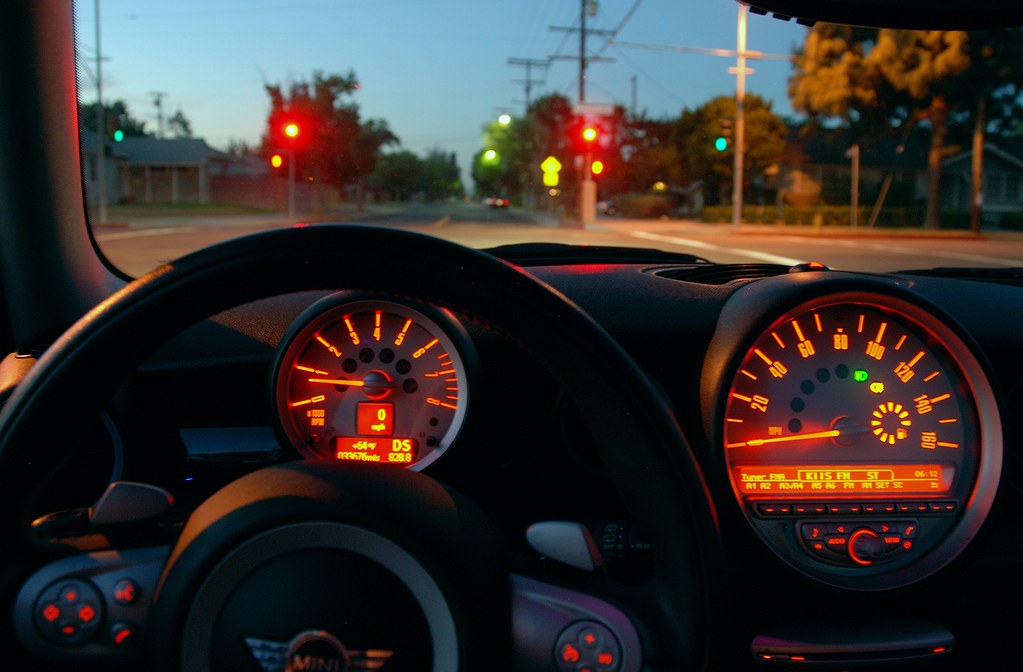
4. **The MINI Cooper**It might not come as a surprise to many automotive enthusiasts that a car branded “Mini” would present unique challenges when it comes to repair and maintenance, particularly concerning space. The primary reason for the MINI Cooper’s inclusion on the list of hardest cars to work on in 2025 is consistently cited as the severe lack of space within its engine compartment. This compact design, while contributing to the car’s agile handling and iconic aesthetic, paradoxically creates a cramped and frustrating environment for anyone attempting to perform mechanical work.
To effectively work on a MINI Cooper, one could almost say you need literal “mini-hands,” and even then, navigating the tight confines often means coming away with scraped knuckles and a healthy dose of frustration. The engine bay is so densely packed that even reaching essential components can be an arduous task, requiring extensive disassembly of surrounding parts just to gain access. Compounding this challenge, many components within this diminutive two-door vehicle tend to fail concurrently, leading to a cascade of problems that can quickly escalate repair costs if owners choose to take it to a dealership for comprehensive service.
Specific issues further underscore the MINI Cooper’s challenging nature. A transmission failure, for instance, spells particularly bad news for this vehicle, often representing a significant and expensive repair. Therefore, when caring for a Mini Cooper, recognizing the early signs of transmission problems is crucial for mitigating larger issues down the line. Another prevalent problem drivers might encounter is a rattling sound, particularly noticeable when the radio is off. This specific noise often points to an issue with the timing chain, a problem that commonly arises when routine oil changes are neglected or when the engine runs low on oil, highlighting the car’s sensitivity to regular, diligent maintenance.
Car Model Information: 2013 MINI Coupe Cooper S
Sp: uk
Caption: 1959 Morris Mini-Minor (first one built)
Name: Mini
Aka: Austin 850,Rover Mini,Austin Cooper,Austin Mini,Austin Partner,Austin Seven,Innocenti Mini,Leyland Mini,Morris 850,Morris Mascot,Morris Mini Minor,Riley Elf,Wolseley 1000 (South Africa),Wolseley Hornet
Layout: Front-engine, front-wheel-drive layout
Manufacturer: British Motor Corporation,British Leyland,Rover Group
Production: 1959–2000 (5.38 million)
Class: City car
BodyStyle: sedan (car),convertible,Station wagon,sedan delivery,coupe utility
Engine: BMC A-series engine,Straight-four engine
Designer: Alec Issigonis,John Sheppard (car designer)
Transmission: 4-speed manual,AP automatic transmission,5-speed manual (optional extra on some later models)
Length: cvt,cvt,cvt
Width: cvt
Height: cvt
Weight: cvt
Wheelbase: cvt,cvt
Related: Mini Moke,Austin Metro,Innocenti Mini,Mini Wildgoose,Mini Marcos
Successor: Austin Metro,Mini Hatch
Assembly: Panmure, New Zealand
Categories: 1960s cars, 1970s cars, 1980s cars, 1990s cars, 2000s cars
Summary: The Mini is a very small two-door, four-seat car, produced for four decades over a single generation, with many names and variants, by the British Motor Corporation (BMC) and its successors British Leyland and the Rover Group, and finally (briefly) under BMW ownership. Minis were built as fastbacks, estates, convertibles, and various other body styles. Minus a brief 1990s hiatus, from 1959 into 2000, an estimated 5.38 million of all variations combined were built, and the Mini’s engines also powered another 2 million Mini Metros, though the Mini eventually outlasted its successor.
Initially, the Mini was marketed under the Austin and Morris names, as the Austin Seven and Morris Mini-Minor; the Austin Seven was renamed Austin Mini in 1962 and Mini became a marque in its own right in 1969. Retrospectively, the car is known as the “Classic Mini” to distinguish it from the modern MINI family of vehicles produced since 2001 by German carmaker BMW, who took ownership of the Mini name following the sale of Rover Group in 2000.
This distinctive two-door car was designed for BMC by Sir Alec Issigonis. Its space-saving transverse engine and front-wheel drive layout – allowing 80% of the area of the car’s floorpan to be used for passengers and luggage – influenced a generation of car makers. The front-wheel-drive, transverse-engine layout were used in many other “supermini” style car designs such as Honda N360 (1967), Nissan Cherry (1970), and Fiat 127 (1971). The layout was also adapted for larger subcompact designs. In 1999, the Mini was voted the second-most influential car of the 20th century, behind the Ford Model T, and ahead of the Citroën DS and Volkswagen Beetle. It is also considered an icon of 1960s British popular culture.
The Mini Mark I had three major UK updates: the Mark II, the Clubman, and the Mark III. Within these was a series of variations, including an estate car, a pick-up, a van, and the Mini Moke, a jeep-like buggy. The performance versions, the Mini Cooper and Cooper “S”, were successful as both race and rally cars, winning the Monte Carlo Rally in 1964, 1965, and 1967. The Mini was manufactured in England at the Longbridge plant in Birmingham located next to BMC’s headquarters and at the former Morris Motors plant at Cowley, as well as in Australia (Victoria Park/Zetland BMC Australia factory) and later also in Spain (Authi), Belgium, Italy (Innocenti, as the Innocenti Mini), Chile, Malta, Portugal, South Africa, Uruguay, Venezuela, and Yugoslavia (IMV). In 1980, British Leyland launched the Mini’s follow-up, the Austin Metro, however the Mini outlasted it and continued to be produced at Longbridge until October 2000.
Get more information about: Mini
Buying a high-performing used car >>>
Brand: MINI Model: Cooper
Price: $12,425 Mileage: 78,956 mi.
Read more about: A Legacy Forged in Iron and Innovation: The Extraordinary Life of the Late George Foreman, From Olympic Gold to Entrepreneurial Empire
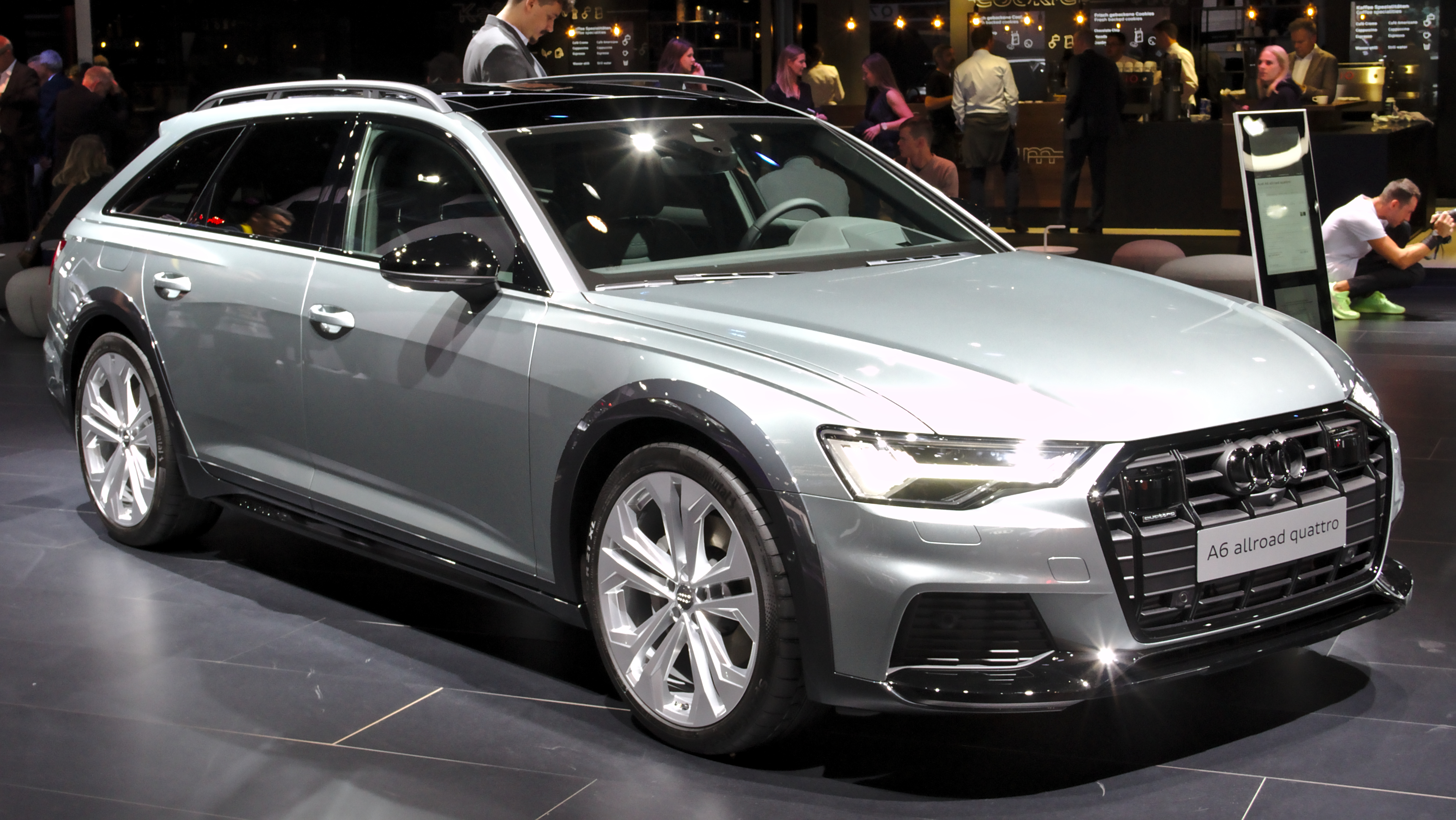
5. **Audi Allroad A6**Every Audi Allroad model carries a reputation for being exceptionally challenging to maintain and work on, especially for novice mechanics, and the A6 Allroad certainly upholds this formidable standing. Its intricate engineering, while contributing to its performance and sophistication, necessitates a highly specific approach to even basic service. One of the most telling indicators of its complexity is the requirement to place the car into a designated “service position” simply to commence work on it, a procedural step that immediately signals the depth of engineering involved.
Once in service position, mechanics must then undertake the task of removing the entire front fascia for practically any kind of maintenance or repair. This initial, extensive disassembly adds significant time and labor to what might otherwise be straightforward tasks on other vehicles. The A6 Allroad is not only a nightmare to physically work on due to these design requirements, but it is also notoriously known for a peculiar characteristic: a minor issue often rapidly metastasizes, spreading to multiple other small problems, collectively earning it a spot among the toughest cars to work on.
A significant concern for owners of the Audi Allroad A6, particularly models equipped with V6 and V8 engines, relates to its timing chains. These critical components utilize plastic cables to connect to hydraulic pistons, a design choice that, when these cables fail, can lead to catastrophic consequences, potentially necessitating the purchase of a completely new engine. This severe and costly potential failure point underscores the importance of proactive maintenance and vigilance for owners. Beyond engine mechanics, about a quarter of all Audi vehicles, including the Allroad A6, are affected by poor air conditioning quality.
Should you detect a musty smell emanating from the vents within your Allroad A6, it serves as a clear indication that it’s time to address the air conditioning system. While this might seem like a comparatively minor issue, its prevalence adds to the overall maintenance burden and highlights the various intricate systems that demand attention in this otherwise luxurious and capable vehicle. The cumulative effect of these design intricacies and potential failures solidifies the Audi Allroad A6’s reputation as a demanding and often frustrating car to repair.
Car Model Information: 2020 Audi Q5 45 Premium
Name: Audi A6
Caption: 2018 Audi A6 Sport Trim (C8)
Manufacturer: Audi AG
Production: 1994–present,2000–present (China)
Class: Executive car
BodyStyle: Sedan (car)
Layout: longitudinal engine,FF layout
Sp: uk
Predecessor: Audi 100
Categories: 2000s cars, 2010s cars, 2020s cars, All-wheel-drive vehicles, All articles to be expanded
Summary: The Audi A6 is an executive car manufactured by the German company Audi since 1994. Now in its fifth generation, the successor to the Audi 100 is manufactured in Neckarsulm, Germany, and is available in saloon and estate configurations, the latter marketed by Audi as the Avant. Audi’s internal numbering treats the A6 as a continuation of the Audi 100 lineage, with the initial A6 designated as a member of the C4-series, followed by the C5, C6, C7, and the C8. The related Audi A7 is essentially a Sportback (liftback) version of the C7-series and C8-series A6 but is marketed under its own separate identity and model designation.
All generations of the A6 have offered either front-wheel-drive or Torsen-based four-wheel-drive, marketed by Audi as their quattro system. The A6 has also been used as the basis for the company’s Allroad models since 1999.
Get more information about: Audi A6
Buying a high-performing used car >>>
Brand: Audi Model: Allroad A6
Price: $20,955 Mileage: 51,510 mi.
Read more about: Get Ready to Drool: 14 Vintage Rides Every Boomer Dad Dreams Of Owning
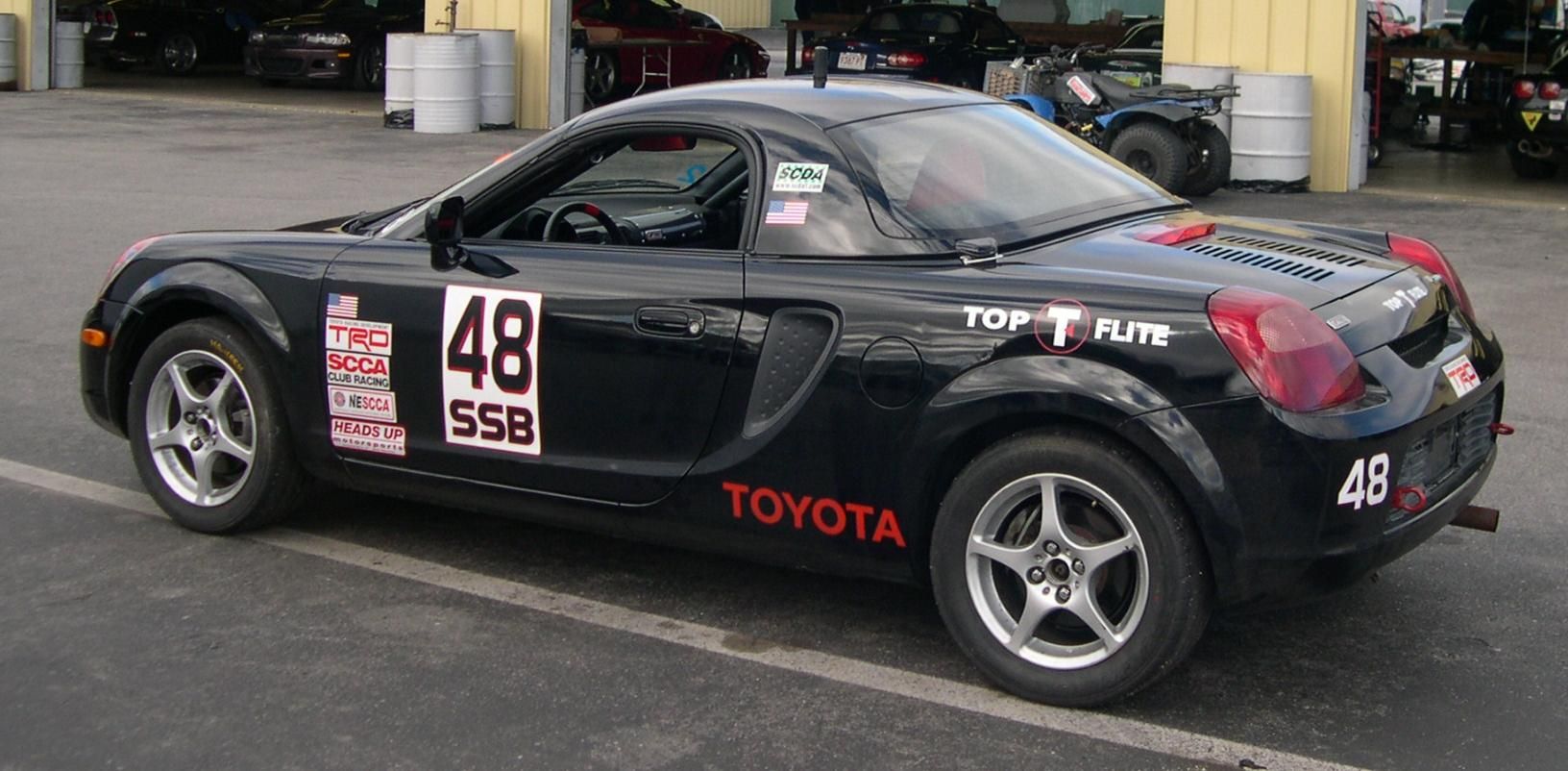
6. **Toyota MR2**The Toyota MR2 stands as a distinct Japanese car brand, immediately recognizable by its unique configuration: a mid-engine, turbocharged, and often front-wheel-drive setup. This combination contributes to its reputation for being both easy to drive and remarkably quick, offering an exhilarating experience for drivers. However, those familiar with the technical terminology of sports cars may have experienced a slight shudder upon hearing these specifications, as such designs often hint at deeper complexities beneath the surface, particularly when it comes to long-term maintenance.
Indeed, mid-engined sports coupes like the MR2 are typically much more difficult to drive at their limit and considerably more challenging to maintain compared to conventional front-engine, rear-wheel-drive vehicles. The inherent balance and dynamic characteristics that make them thrilling can also make them unforgiving, especially for drivers unaccustomed to such acceleration and handling dynamics. For those unfamiliar with the high-performance capabilities that all the aforementioned features bestow, there’s an increased likelihood that their MR2 will inevitably encounter a mishap, leading to even higher repair bills due to the specialized nature of its components and layout.
Given the MR2’s sporty disposition and the potential for enthusiastic driving, it is always worth diligently checking for signs of damage resulting from collision or track wear. Such indicators might include excessively worn tire rims, which can point to harsh driving conditions or previous incidents. Furthermore, ensuring that the MR2 is equipped with four quality tires of the same tread pattern is not merely a recommendation but a crucial requirement. Mismatched tires can profoundly affect the car’s handling characteristics, potentially compromising safety and further increasing the risk of incidents that lead to costly repairs for this agile Japanese sports car.
Car Model Information: 1988 Toyota MR2 Supercharged
Name: Toyota MR2
Caption: Second generation MR2
Manufacturer: Central Motors
Aka: Toyota MR (France and Belgium)
Production: 1984–2007
Assembly: Sagamihara, Kanagawa
Class: Sports car
Layout: Rear mid-engine, rear-wheel-drive layout
ModelYears: 1985–2007
Categories: 1990s cars, 2000s cars, All Wikipedia articles written in American English, All articles containing potentially dated statements, All articles needing additional references
Summary: The Toyota MR2 is a line of two-seater, mid-engined, rear-wheel-drive sports cars, manufactured in Japan and marketed globally by Toyota from 1984 until 2007 over three generations: W10 (1984–1989), W20 (1989–1999) and W30 (1999–2007). It is Japan’s first rear mid-engined production car.
Conceived as a small, economical and sporty car, the MR2 features a straight-four engine, transversely mounted in front of the rear axle, four-wheel disc brakes, and fully independent coilover suspension – MacPherson struts on each wheel.
The name MR2 stands for either “mid-ship run-about 2-seater” or “mid-engine, rear-wheel-drive, 2-seater”. In French-speaking markets, the vehicle was renamed Toyota MR because the abbreviation “MR2” sounds like the profanity “merdeux” when spoken in French.
Get more information about: Toyota MR2
Buying a high-performing used car >>>
Brand: Toyota Model: MR2
Price: $27,000 Mileage: 36,611 mi.
Read more about: The Ones That Got Away: Classic Rides Car Enthusiasts Seriously Regret Selling
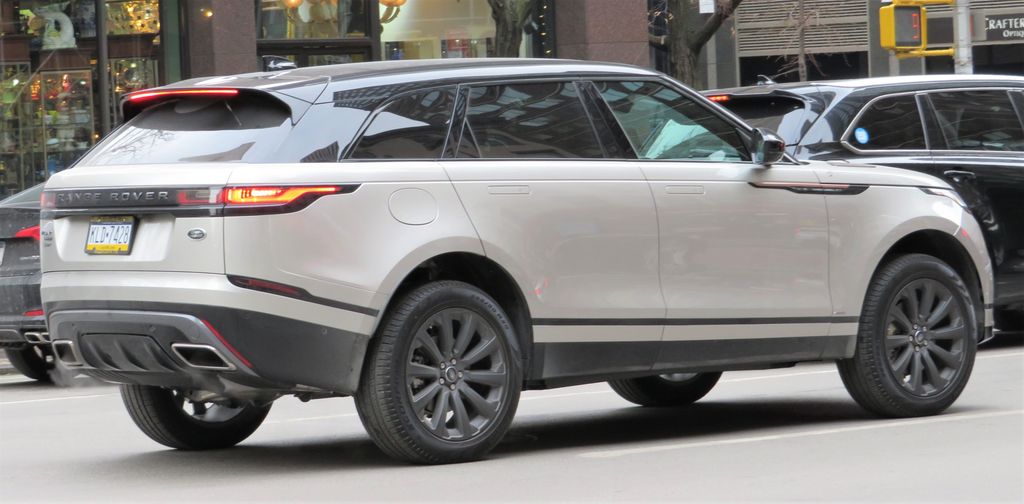
7. **Range Rover Velar**The Range Rover Velar is a vehicle that truly commands attention, celebrated for possessing a roadside presence unlike any other SUV on the market. Its design is a masterful blend of sleek modernity and robust capability, offering a luxurious experience both inside and out. It certainly doesn’t skimp on features that drivers desire, delivering a compelling package of comfort, technology, and style. However, beyond its captivating external beauty, the practicalities of its maintenance and the projected longevity of the “Rover” itself leave much to be desired, frequently surprising owners with their demands.
One of the most profound challenges in maintaining the Range Rover Velar stems from the intricate and deeply intertwined nature of its mechanical and electronic systems. These systems are so interconnected that what might seem like a minor issue, such as a cable break in the control unit of its advanced telematics system, can have paralyzing effects on the entire vehicle. Such a seemingly small fault can render the Velar completely immobile, resulting in not only the inconvenience of a costly towing operation but also extensive and expensive repairs to restore its functionality, highlighting the vulnerability of its integrated design.
Despite the Velar’s advanced features, including its large mirrors and standard rear parking sensors designed to aid in maneuverability and prevent damage, it is ironically considered one of the hardest cars to work on in the world due to its repair complexity. Therefore, when inspecting a Velar, it is always wise to thoroughly check the bumpers and bodywork for any dents and scratches, which could indicate previous mishaps. Additionally, given the luxurious nature of its interior, a close examination for signs of stains or dye transfer from clothing on the seats is also recommended, as these small details can offer insights into the car’s overall care and potential future maintenance needs. These considerations underscore that while the Velar is a magnificent machine, its upkeep demands careful attention and a substantial budget.
Car Model Information: 2024 Mitsubishi Outlander SE Black Edition
Name: Land Rover Range Rover Velar (L560)
Caption: 2017 Range Rover Velar First Edition D3
Manufacturer: Jaguar Land Rover
Production: 2017–present
Assembly: Solihull
Designer: Gerry McGovern
Class: Compact executive car,crossover SUV
BodyStyle: Sport utility vehicle
Related: Jaguar XE,Jaguar XF (X260),Jaguar F-Pace
Layout: Front-engine, four-wheel-drive layout
Engine: ubl
Motor: ubl
Abbr: on
Transmission: ZF 8HP transmission
Drivetrain: Mild hybrid,PHEV
Battery: Kilowatt-hour,Lithium-ion battery
Wheelbase: 2874 mm
Length: 4803 mm
Width: 2032 mm
Height: 1665 mm
Weight: convert
Sp: uk
Charging: 35 kW DC (PHEV 2023)
Categories: All-wheel-drive vehicles, All articles with specifically marked weasel-worded phrases, Articles with short description, Articles with specifically marked weasel-worded phrases from January 2021, Cars introduced in 2017
Summary: The Land Rover Range Rover Velar, generally known as the Range Rover Velar, () is a crossover SUV produced by British automotive company Jaguar Land Rover under their Land Rover marque. The fourth model in the Range Rover line, the Velar was unveiled on 1 March 2017 in London, England. The Velar was released in the summer of 2017. The name Velar had previously been used for a series of pre-production first-generation Range Rovers in 1969.
The Range Rover Velar was named “World’s Most Beautiful Car” in 2018, receiving the design award at the 2018 World Car Awards.
The vehicle received a facelift in 2023.
Get more information about: Range Rover Velar
Buying a high-performing used car >>>
Brand: Range Rover Model: Velar
Price: $25,788 Mileage: 13,922 mi.
Read more about: Beyond the Badge: A Deep Dive into 14 Overrated Car Brands You Might Regret Buying in 2025
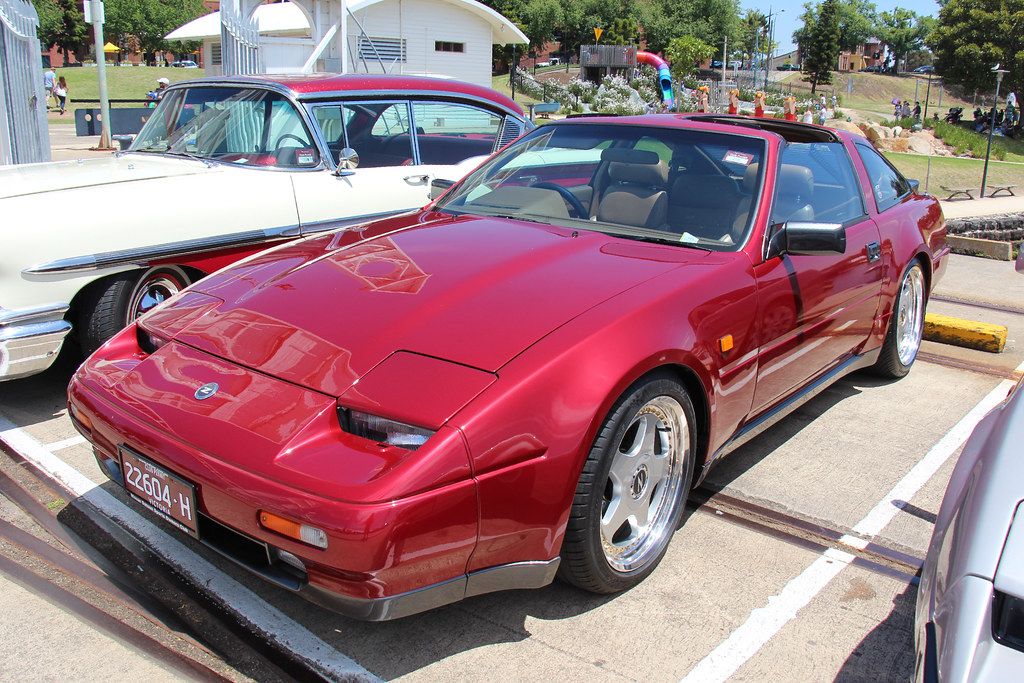
8. **Nissan 300ZX**The Nissan 300ZX, an undeniable icon among Japanese sports cars, holds a legendary status for its blend of performance and distinctive styling. However, beneath its alluring exterior lies a complex truth: this vehicle is notorious for its challenging maintenance and repair requirements, a reality that often catches even experienced mechanics off guard. Its intricate design often positions it among the hardest cars to service, combining the frustrations of several other difficult models.
This difficulty is rooted in a critical lack of space within the engine bay, reminiscent of the cramped confines found in a MINI Cooper. Accessing essential components becomes an exercise in contortion, often demanding extensive disassembly before any actual work can commence. Furthermore, the 300ZX’s mid-engine, rear-wheel-drive, and turbocharged configuration, while delivering thrilling dynamics, introduces a layer of mechanical complexity akin to that of the Toyota MR2, significantly escalating labor times and repair costs.
Owners frequently report issues like clogged or leaking fuel injectors, manifesting as engine misfires, power loss, or a need for multiple attempts to start. Addressing these, or even a seemingly simple task like spark plug replacement, transforms into an arduous, expensive undertaking due to the tight packaging and the necessity to remove numerous surrounding components. These inherent design complexities firmly establish the Nissan 300ZX as a formidable challenge for even the most dedicated automotive enthusiast.
Car Model Information: 1990 Nissan 300ZX GS
Name: Nissan 300ZX
Class: Grand Tourer
Manufacturer: Nissan
Production: 1983–2000
Assembly: ubl
Aka: Nissan Fairlady Z
Layout: Front-engine, rear-wheel-drive layout
Predecessor: Nissan Fairlady Z (S130)
Successor: Nissan 350Z
Categories: 1990s cars, 2+2 coupés, All articles needing additional references, All articles with unsourced statements, Articles needing additional references from May 2021
Summary: The Nissan 300ZX is a sports car that was produced across two different generations. As with all other versions of the Z, the 300ZX was sold within the Japanese domestic market under the name Fairlady Z.
It was sold in Japan from 1983 to 2000 and in the United States from 1984 to 1996, the 300ZX name followed the numerical convention initiated with the original Z car, the Nissan Fairlady Z (S30), which was marketed in the U.S. as the 240Z. The addition of the “X” to the car’s name was a carryover from its predecessor, the 280ZX, to signify the presence of more luxury and comfort oriented features. The first generation 300ZX known as the Z31 model was produced from 1983 through 1989 and was a sales success becoming the highest volume Z-car for Nissan.
To become even more competitive in the sports car market, the second generation 300ZX was driven up-market. It was redesigned to be faster and to feature more advanced technology, but came with a higher price than its predecessor, with consecutive price increases each model year of availability. As such, sales dwindled each year, a trend in the higher end sports car market at the time, and Nissan placed a hiatus on selling new Nissan Z-Cars to the US after the 1996 model year, though the car would continue to be sold in the Japan domestic market until 2001 in low production numbers.
Car and Driver placed the Z32 on its Ten Best list for seven consecutive years, each model year of its availability in the United States. Motor Trend awarded it as the 1990 Import Car of the Year. The Nissan 350Z, officially the Z33 generation Z-Car, succeeded the 300ZX in 2003.
Get more information about: Nissan 300ZX
Buying a high-performing used car >>>
Brand: Nissan Model: 300ZX
Price: $25,187 Mileage: 21,680 mi.
Read more about: The Undeniable Rise: 12 Vintage Cars That Have Skyrocketed to 10x Their Original Value
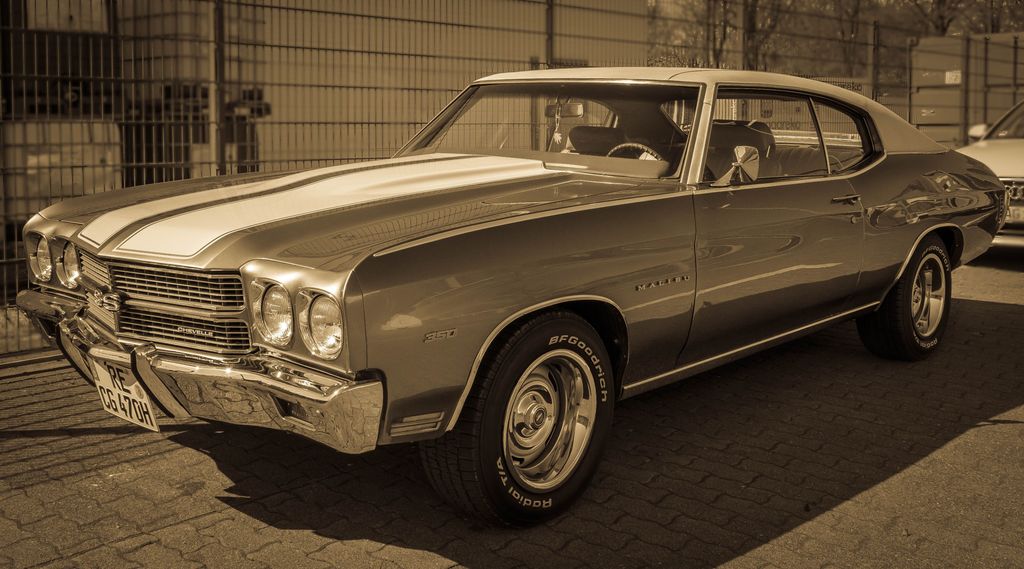
9. **Exotic and Luxury Cars**Beyond specific models, the entire category of exotic and luxury cars consistently represents a significant repair challenge. These automotive masterpieces, celebrated for their unparalleled performance and opulent features, are built with an uncompromising approach to engineering and aesthetics. Yet, this pursuit of perfection translates into repair processes that are as intricate as their designs, demanding specialized expertise and considerable resources far beyond what is typical for conventional vehicles.
A primary reason for this complexity is the exclusive use of high-end components and specialized materials. These parts are often bespoke, produced in limited quantities, making them exceptionally expensive and difficult to source. The precision engineering demands that even the slightest deviation in replacement parts or installation can compromise the vehicle’s integrity, mandating meticulous attention and authentic components. General auto repair shops often lack the specialized tools and expertise, directing owners toward highly specialized service centers.
The integration of cutting-edge technology—from advanced infotainment to sophisticated active suspension and bespoke engine management systems—adds layers of electronic complexity. Diagnosing issues within these interwoven systems requires proprietary, costly diagnostic tools and technicians with specialized training. The scarcity of parts for these low-volume vehicles, combined with the need for highly skilled labor, culminates in significantly higher maintenance and repair costs, making ownership a financially demanding long-term commitment.
Read more about: Decoding the Disappointment: 15 Overrated Car Brands That Underperform on Reliability and Rack Up Costly Upkeep Bills for Owners
10. **Older and Vintage Cars**Shifting focus from the ultra-modern, older and vintage cars present an entirely different, yet equally formidable, set of repair hurdles. These cherished classics, while rich in history and charm, come with their own unique array of headaches for mechanics and owners alike. Their age, alongside the dramatic evolution of automotive technology, conspires to make their upkeep a true test of patience and ingenuity.
A major obstacle in repairing older and vintage cars is the extremely limited availability of spare parts. Many components ceased production decades ago, forcing owners and mechanics to search extensively through salvage yards, specialized suppliers, or even commission custom fabrication. This scarcity not only prolongs repair times but can also lead to exorbitant costs for rare or custom-made components, transforming routine maintenance into a costly and drawn-out scavenger hunt.
Furthermore, the outdated technology and mechanical systems within vintage vehicles demand a distinct, often disappearing, skill set. Mechanics must possess a deep understanding of carbureted engines, manual chokes, and simpler, less reliable electrical systems. Modern diagnostic tools are largely ineffective, requiring reliance on experience, keen observation, and traditional troubleshooting. Pervasive rust, seized bolts, and persistent leaks add physical difficulty, ensuring that maintaining these automotive relics is a labor of love, demanding specialized expertise and significant investment.
Read more about: These 15 Rides Went From Head-Turners to Cringe-Worthy—Do You Remember Them?

11. **Electric and Hybrid Cars**Venturing into the future of automotive technology, electric and hybrid cars introduce a new frontier of repair challenges. Celebrated for their environmental benefits and innovation, these vehicles are fundamentally different from their internal combustion counterparts, demanding a specialized maintenance and repair approach that many traditional shops are still working to master.
At the core of EV and hybrid repair challenges are their advanced battery systems. These high-voltage packs require specialized knowledge and stringent safety precautions due to the risk of severe electrical shocks if mishandled. Technicians must undergo specific training and follow rigorous procedures for safe diagnosis and repair. The diagnostic equipment for these complex battery management systems is also highly specialized and expensive, significantly contributing to elevated repair costs.
Beyond the battery, the intricate charging systems, including various standards, connectors, and protocols, add another layer of complexity. Mechanics must understand the entire electrical architecture to diagnose issues, from charging port to motor. Moreover, deeply integrated software controlling everything from regenerative braking to power delivery often requires software-based diagnostics and updates, necessitating proprietary tools and manufacturer access. The need for continuous technician training to keep pace with rapid technological advancements solidifies their position as some of the most challenging, and potentially costly, vehicles to repair.
Read more about: The Engineering Paradox: Why Porsche is Rethinking “Fake” Gear Shifts for its Next-Gen EVs, from Skepticism to Sophisticated Simulation
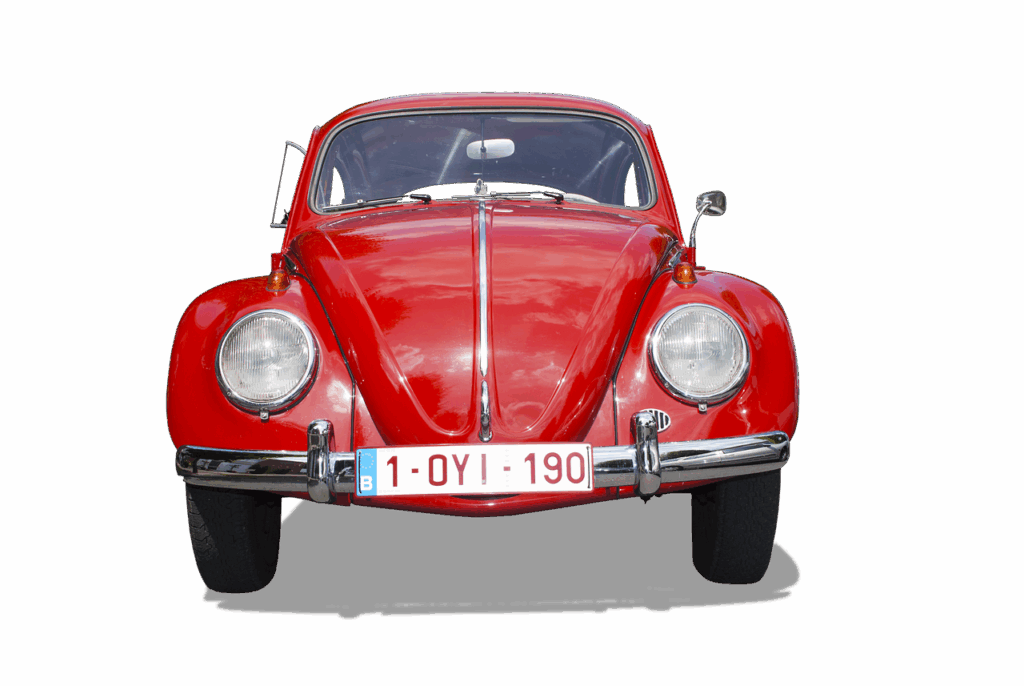
12. **German Cars (General Challenges)**German cars, epitomizing engineering precision, robust performance, and advanced technology, consistently deliver an exceptional driving experience. However, this commitment to sophisticated design and advanced features often translates into a demanding and expensive repair landscape. While specific models like the Audi A8 and Mercedes-Benz G-Class have been highlighted, the broader category of German automobiles presents overarching challenges that extend across brands.
One defining characteristic contributing to their repair complexity is their sophisticated suspension systems. Engineered for a sublime balance of comfort and dynamic handling, these intricate setups frequently incorporate active components, air springs, and electronically controlled dampers. Diagnosing and repairing issues within these highly integrated systems requires not only specialized tools but also a profound understanding of their complex architecture, making suspension work particularly laborious and costly.
Furthermore, the precise engine tuning and intricate electrical systems found across German brands are legendary. Engines are highly optimized with extensive sensor arrays and sophisticated control units that necessitate specialized diagnostic tools and software for accurate troubleshooting. Electrical systems, replete with numerous interconnected modules and proprietary communication protocols, are notoriously difficult to trace and repair when faults occur. This blend of advanced mechanical engineering, complex electronics, and the requirement for brand-mandated diagnostic equipment means German cars, though a pleasure to drive, often demand a significant investment in specialized repair expertise and resources.

13. **Italian Cars (General Challenges)**Italian cars, particularly the high-performance supercars from renowned marques, are celebrated for their breathtaking design, precision engineering, and exhilarating performance. They often represent the pinnacle of automotive artistry and technological innovation. However, this pursuit of automotive perfection inevitably leads to a repair experience that is both complex and exceptionally intensive, firmly placing them among the most formidable vehicles to maintain.
At the heart of the Italian car’s repair challenge lies its extreme precision engineering and the often bespoke nature of its components. Every part, from the engine’s intricate internals to advanced supercar technology systems, is designed with meticulous attention to detail, often for maximum performance within minimal space. This philosophy results in incredibly tight tolerances and frequently requires specialized tools and exacting procedures for even routine maintenance. Accessing a single part often involves extensive, cascading disassembly, making repairs both time-consuming and labor-intensive.
The advanced supercar technology, encompassing highly tuned engines, sophisticated gearbox mechanisms, and cutting-edge aerodynamic systems, necessitates technicians with an extraordinary level of specialized knowledge and experience. These systems are not only complex but also frequently proprietary, demanding specific diagnostic equipment and software often exclusive to authorized service centers. The combination of rare, expensive parts, intricate assembly, and the absolute requirement for highly specialized expertise ensures that maintaining and repairing an Italian supercar is a commitment demanding substantial financial resources and a profound understanding of these automotive marvels.

14. **Japanese Cars (General Challenges)**While Japanese cars are globally celebrated for their reliability, fuel efficiency, and cutting-edge technology, they are not entirely immune to repair complexities, especially concerning their advanced electronics and high-tech components. While specific models like the Toyota MR2 highlight unique difficulties, the broader spectrum of modern Japanese vehicles introduces general hurdles that can make repairs a distinct and sometimes demanding endeavor.
Modern Japanese cars increasingly integrate high-tech components and advanced electronics to enhance everything from performance and safety to driver assistance systems (ADAS) and sophisticated infotainment. Diagnosing issues within these interwoven electronic networks requires technicians to stay continuously updated with the latest advancements and to utilize specialized, often brand-specific, diagnostic tools and software. The sheer density of electronic control units (ECUs) and sensors can make tracing a fault a painstaking process, demanding methodical troubleshooting beyond traditional mechanical diagnostics.
Furthermore, Japanese manufacturers often prescribe very specific diagnostic procedures for their vehicles. These detailed, step-by-step instructions, sometimes compounded by language and translation challenges for non-Japanese-speaking technicians, must be followed precisely to accurately identify and resolve issues. The precision engineering that contributes to their renowned reliability also means certain components are tightly integrated, potentially requiring extensive disassembly for access, even for seemingly minor repairs. This blend of advanced technology, specialized diagnostic protocols, and sometimes dense packaging ensures that maintaining modern Japanese vehicles often demands a higher level of technical skill and specialized equipment.
Car Model Information: 1988 Toyota MR2 Supercharged
Name: Toyota MR2
Caption: Second generation MR2
Manufacturer: Central Motors
Aka: Toyota MR (France and Belgium)
Production: 1984–2007
Assembly: Sagamihara, Kanagawa
Class: Sports car
Layout: Rear mid-engine, rear-wheel-drive layout
ModelYears: 1985–2007
Categories: 1990s cars, 2000s cars, All Wikipedia articles written in American English, All articles containing potentially dated statements, All articles needing additional references
Summary: The Toyota MR2 is a line of two-seater, mid-engined, rear-wheel-drive sports cars, manufactured in Japan and marketed globally by Toyota from 1984 until 2007 over three generations: W10 (1984–1989), W20 (1989–1999) and W30 (1999–2007). It is Japan’s first rear mid-engined production car.
Conceived as a small, economical and sporty car, the MR2 features a straight-four engine, transversely mounted in front of the rear axle, four-wheel disc brakes, and fully independent coilover suspension – MacPherson struts on each wheel.
The name MR2 stands for either “mid-ship run-about 2-seater” or “mid-engine, rear-wheel-drive, 2-seater”. In French-speaking markets, the vehicle was renamed Toyota MR because the abbreviation “MR2” sounds like the profanity “merdeux” when spoken in French.
Get more information about: Toyota MR2
Buying a high-performing used car >>>
Brand: Toyota Model: MR2
Price: $27,000 Mileage: 36,611 mi.

15. **American Cars (General Challenges)**American cars, spanning a wide array of makes and models, from rugged trucks to luxury sedans, present their own set of unique repair challenges that have evolved significantly. While robust and often powerful, their maintenance can be complicated by diverse brand-specific design philosophies and engineering approaches. Though models like the Ford F-250 are known for extreme service requirements, the general category encompasses broader difficulties.
A common challenge across many American cars involves complex fuel and ignition systems. These systems, featuring various injector types, coil configurations, and sophisticated electronic control modules, demand brand-specific knowledge for accurate diagnosis and repair. The integration of these systems can make troubleshooting intricate, particularly with intermittent faults. Brake system variations also add complexity, with different manufacturers employing diverse technologies like advanced ABS or specialized traction control, each requiring specific diagnostic and repair protocols.
Moreover, the sheer diversity of American brands, each with its distinct design ethos and technological implementation, means mechanics often need specialized knowledge for specific makes. A technician proficient in one domestic brand might face a steep learning curve with another. Additionally, American car manufacturers often utilize proprietary diagnostic equipment and software, which can be costly and require specific training. This varied landscape, coupled with the tendency to sometimes bury simple components, often makes repairs time-consuming and more demanding than initially anticipated, contributing to the “nightmare” reputation of some American vehicles.
So there you have it, a comprehensive journey through the automotive landscape, revealing the models and categories that truly test the mettle of mechanics and the patience of owners. From the cabin-lifting antics of a heavy-duty truck to the high-voltage intricacies of an EV, and the rust-bitten challenges of a vintage classic, the world of car repair is anything but uniform. These vehicles, for all their allure and performance, remind us that the road to ownership often comes with unexpected detours into complex, costly, and time-consuming maintenance. As the automotive world continues to evolve, embracing new technologies and designs, the imperative for specialized knowledge, advanced tools, and a healthy repair budget will only grow. Ultimately, understanding these complexities isn’t just about avoiding regret; it’s about appreciating the incredible engineering beneath the hood and the dedicated professionals who keep these formidable machines running smoothly.

